Summary
Don’t have time to read the entire 23.17 Release Notes? We understand—you’re busy! Use the table of contents on the left to easily jump to different sections, if needed.
New Features
MediFind: Global ‘Claim Profile’ button
To make claiming your physicians’ profiles even easier, we’ve added a “Claim profile” button to each profile that, when clicked, automatically routes the user to MediFind’s account creation page.
Soon, all claimed profiles will display a blue checkmark next to the provider’s name, so patients can easily see which profiles have been claimed when seeking a new provider.
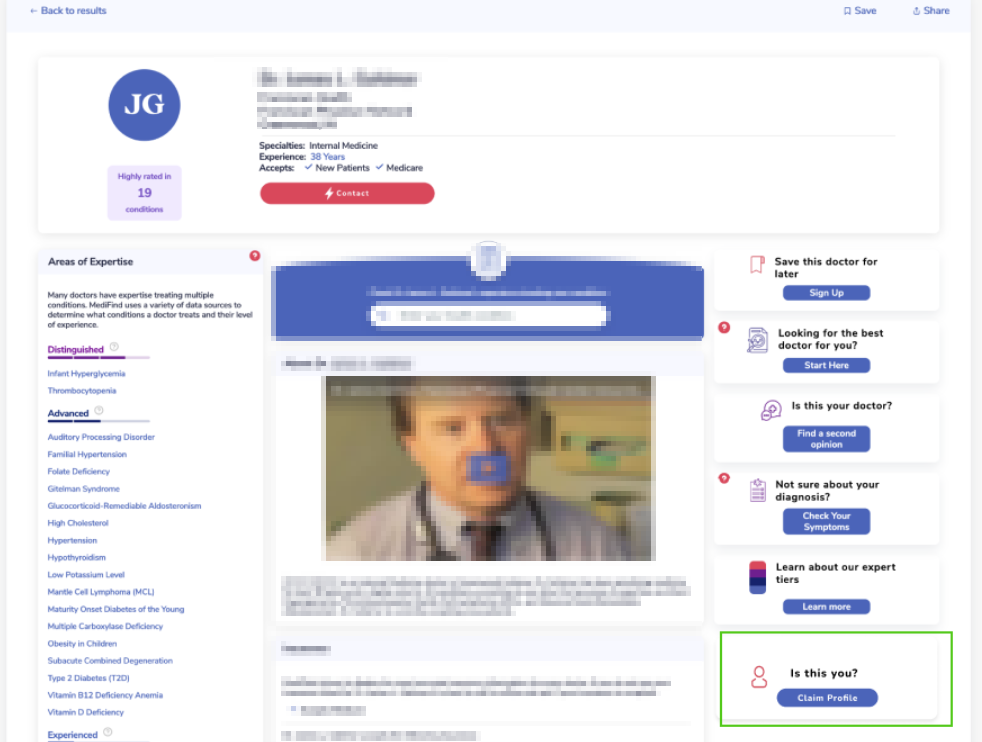
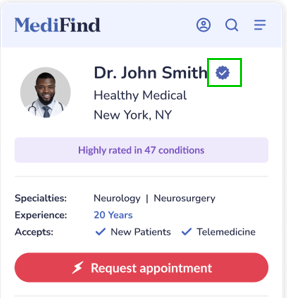
PhreesiaOnCall: MFA for secure patient chat and video calls
We’ve added a hassle-free verification step to PhreesiaOnCall secure patient chat and video sessions, giving you peace of mind that sessions can only be accessed by the right patients.
Multi-factor authentication (MFA) is now required for all patients joining a secure session. Patients will be prompted to enter a verification code before they can join the session. This change will not impact the provider or staff experience.
This update is now live for all organizations using secure patient chat and telehealth through PhreesiaOnCall.
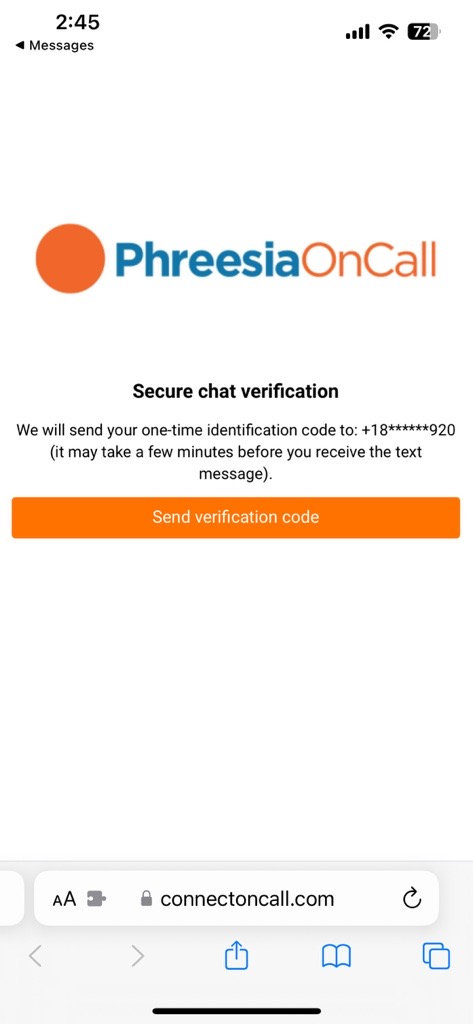
Appointments
Security improvements to Translation Manager for appointment forms
We’ve updated our Translation Manager within the Appointments Hub to reduce security risks and improve your control over text formatting.
Users can no longer import any translated text lines that include HTML, such as self-scheduling Intercept messages and self-scheduling customized global settings, including:
- Front page text
- Search footer
- “No availability” text
- Search suggestion text
- Verification footer
- “Verification code not sent” text
Now, you can use a toolbar in the edit overlay to format translated text for these items.
This update will occur immediately upon release. Check out our “About multilanguage” Knowledge Base article for a guide to converting HTML code from the .csv file that you can format in the Dashboard.
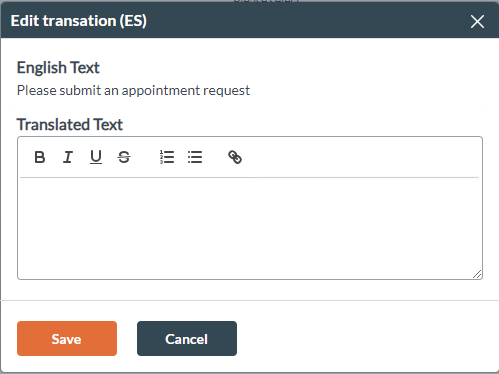
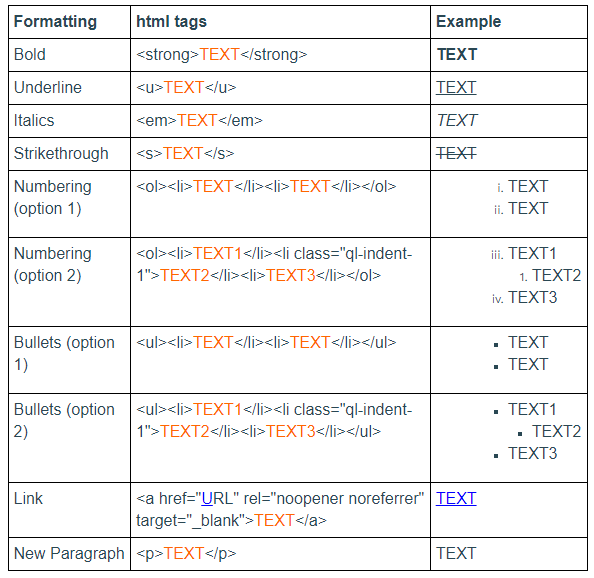
Gender integration for MediFind appointment requests
Previously, when a patient requested an appointment from a provider’s MediFind profile, staff had to check the “Additional Information” section of their form in the Appointments Hub and manually enter the patient’s gender information into the PM/EHR system.
Now, the patient’s gender information will directly integrate with your PM/EHR when you receive their appointment request via MediFind, reducing manual work needed and mitigating the risk of human error.
Clinical
Consents: Patient report document
We’ve introduced a new document to help you more easily view agreement forms your patients have signed.
This feature is available from the patient menu for each patient on the Dashboard, and it will be automatically available upon release.
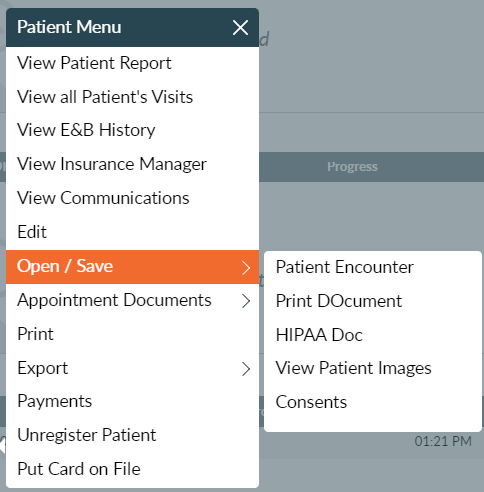
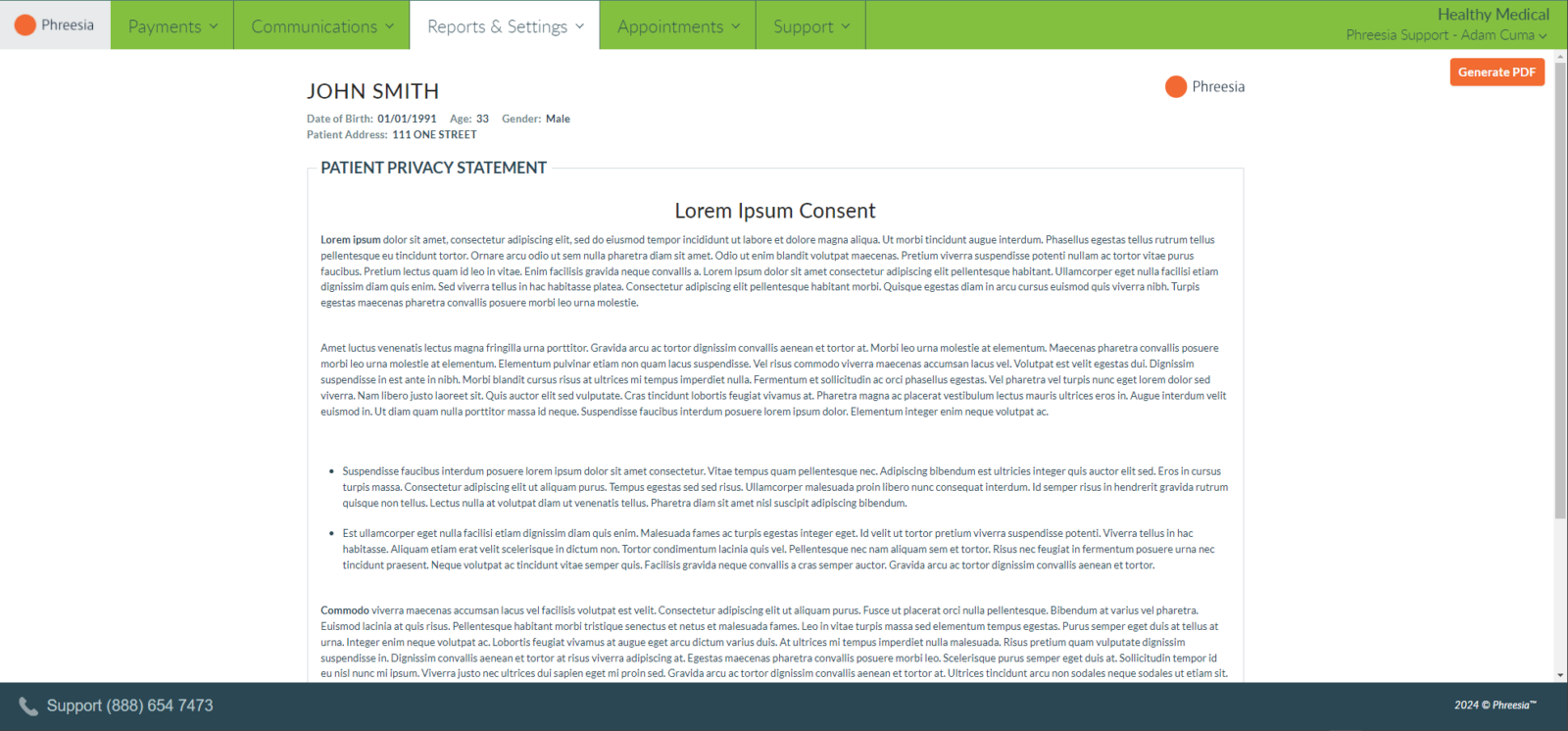
Eligibility and Benefits
Updates to the copay overlay
We addressed a bug that caused the overlay to display the wrong copay line when users selected one. Now, you can more easily find, select and apply preferred copays to an appointment.
This update is now live for all organizations that use Phreesia to verify patients’ eligibility and benefits.
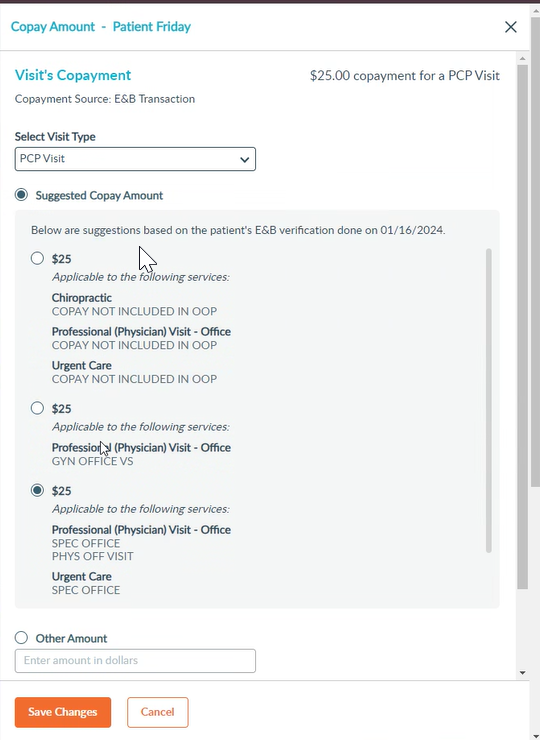
Content
New PHR: CUDIT-R
We now offer the Cannabis Use Disorder Identification Test – Revised (CUDIT-R) screening tool to assess cannabis/marijuana use in patient populations.
For additional details or enablement instructions, please reach out to your Phreesia representative.
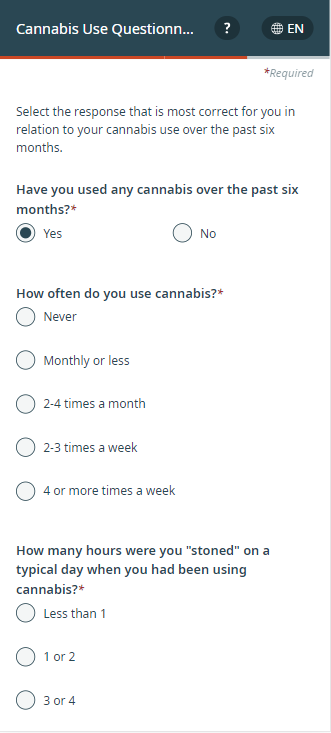
New PHR: SCARED-Child and PHR: SCARED-Parent
We now offer the Screen for Child Anxiety Related Emotional Disorders (SCARED) to screen pediatric patients for anxiety disorders. We offer two versions: one to be answered by the patient’s parent/guardian, and one to be answered by the patient.
The SCARED instrument screens patients for childhood anxiety disorders, including generalized anxiety disorder, separation anxiety disorder, panic disorder and social phobia.
For additional details or enablement instructions, please reach out to your Phreesia representative.
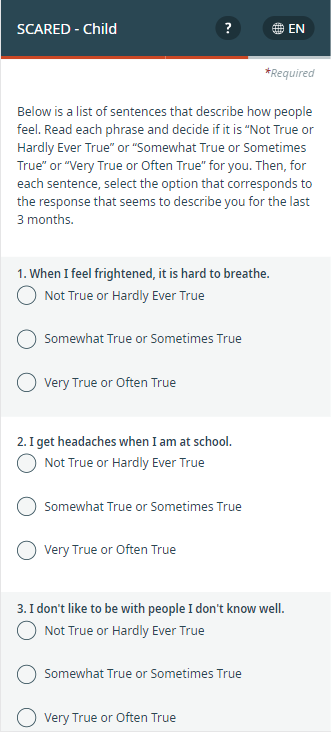
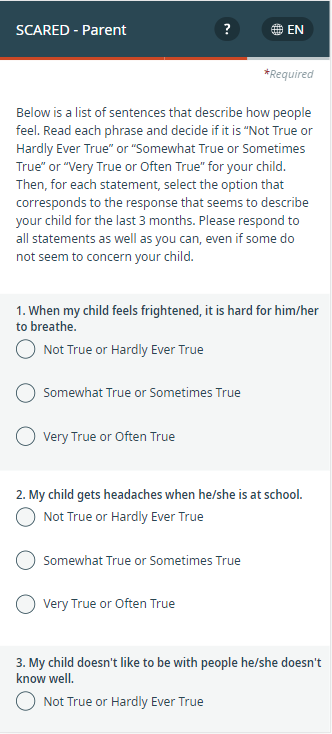
New PHR: TRACK (2.0)
We now offer an updated version of the Test for Respiratory Control in Kids (TRACK) screening tool to evaluate levels of respiratory control in pediatric patients with asthma or a history of respiratory episodes.
Providers can use this tool to assess breathing problems and their impact on patient sleep and daily activities.
For additional details or enablement instructions, please reach out to your Phreesia representative.
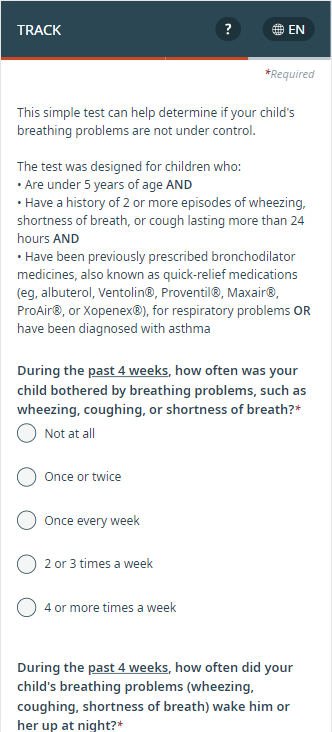
New PHR: HHIA and PHR: HHIA-S; PHR: HHIE and HHIE-S
We now offer the Hearing Handicap Inventory for Adults (HHIA) and Hearing Handicap Inventory for Adults – Shortened (HHIA-S), as well as the Hearing Handicap Inventory for Elderly (HHIE) and Hearing Handicap Inventory for Elderly – Shortened (HHIE-S).
These are screening tools that evaluate patients for hearing loss. Providers can use these modules to assess whether hearing loss is affecting a patient’s quality of life.
For additional details or enablement instructions, please reach out to your Phreesia representative.
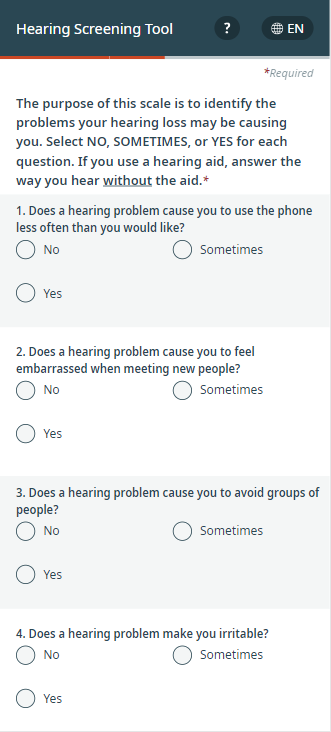
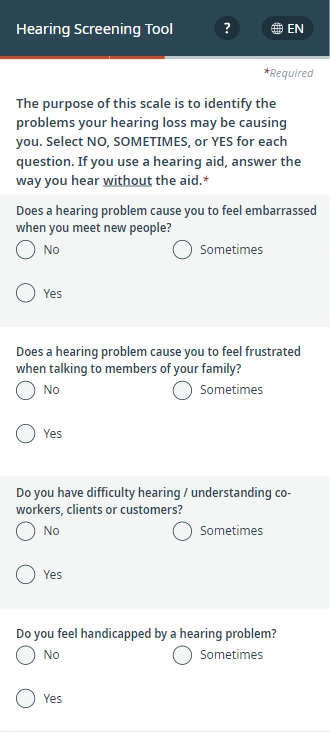
New PHR: Peripheral Artery Disease Screening Tool
We now offer the Peripheral Artery Disease (PAD) screening tool to evaluate patients for PAD.
PAD is the narrowing or blockage of vessels that carry blood from the heart to the legs. People with PAD are at increased risk of developing coronary artery disease and cerebrovascular disease, which could lead to heart attack or stroke.
For additional details or enablement instructions, please reach out to your Phreesia representative.
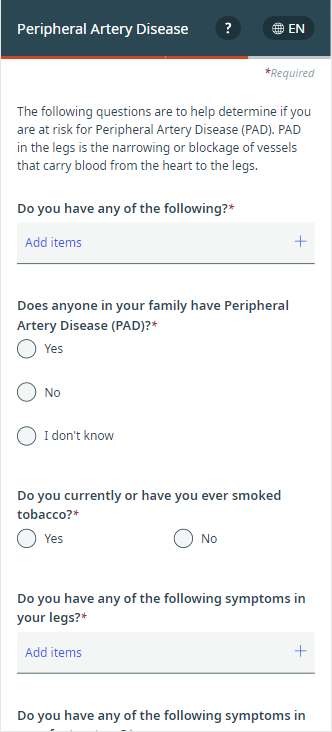
Updated PHR: Body Diagram module
We have improved the PHR: Body Diagram, part of our standardized content offerings.
Patients with vision impairment and keyboard-only users can now enable accessibility features that make the module easier to complete. Using a screen reader, the patient can hover over an area of the body, and their device will read aloud the area they select.
Providers can leverage this tool to understand where their patients are having pain, including pain type and intensity.
This module will be available for all organizations using PHR: Body Diagram on January 24, 2024.
